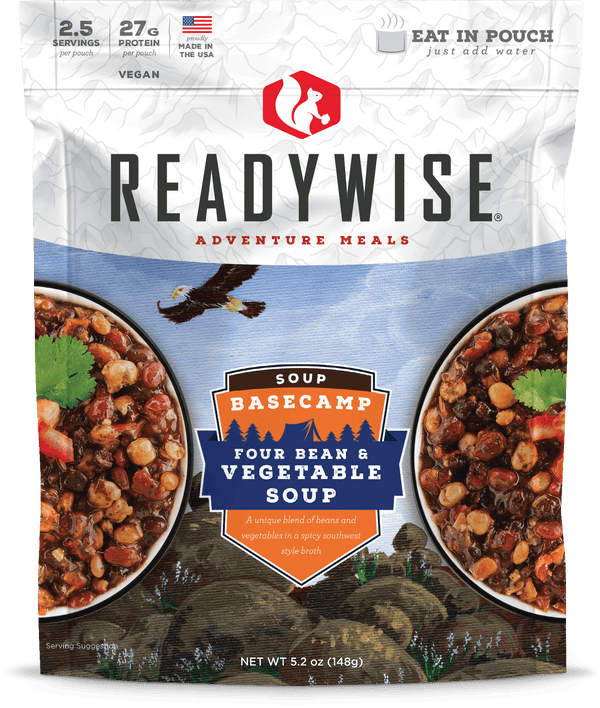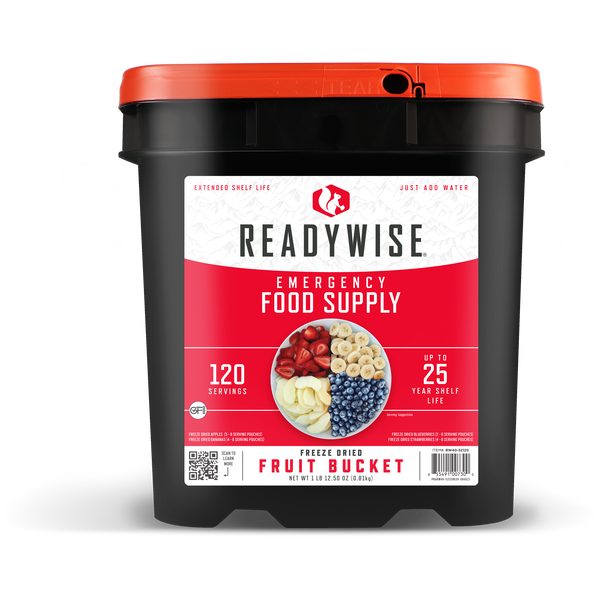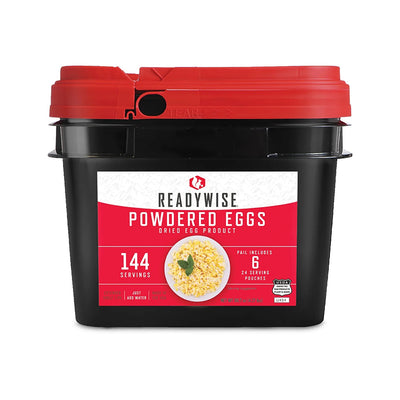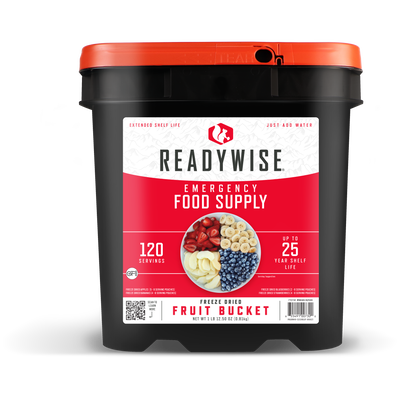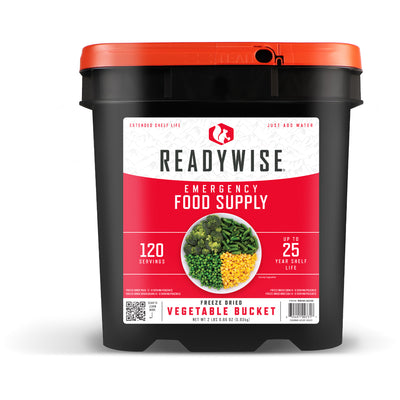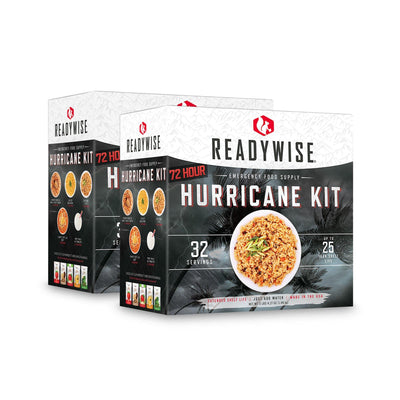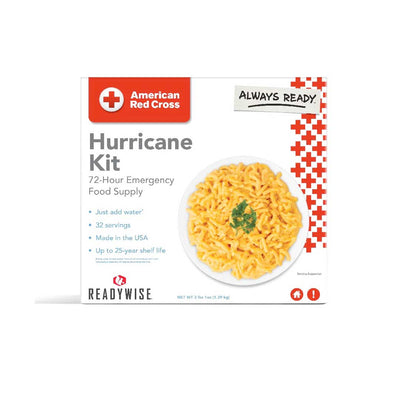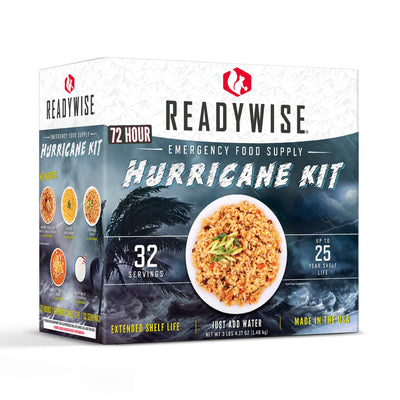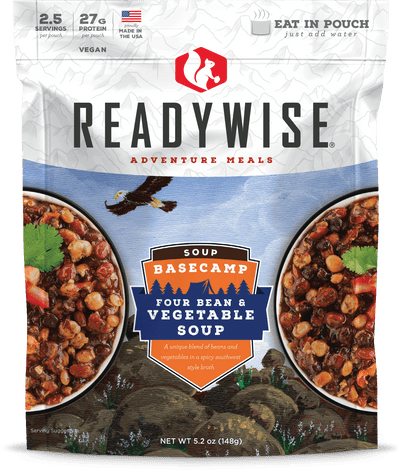12 Campfire Critters: Harmless or Harmful?
If you are going camping or having a picnic in your local forest preserve, chances are you will encounter some pesky critters who call these environments home. In some cases, getting stung by an insect puts you at risk of insect-borne diseases or simply an itchy, painful bite, but for 1-3 percent of the population, a sting or bite from several little bugs can prove deadly due to allergies.
Common Outdoor Bugs
- Mosquitoes: These nasty bugs can not only make you itch and scratch, but may carry the West Nile Virus and encephalitis. Experts are now suggesting that mosquitoes carrying the Zika virus may threaten cities as far north as San Francisco and New York this summer. People traveling to certain southern areas in the U.S. and outside this country may also be at risk of contracting mosquito-borne diseases such as malaria, dengue, chikungunya, and yellow fever.
- Fleas: This is a big worry if you are camping with pets, because not only can your pets suffer if bitten, but human flea bites are usually caused by fleas from your dogs or cats. Flea bites can cause intense itching in humans and animals, and scratching can cause infection. Fleas are the vectors that transmit the pathogen which causes the bubonic plague. While you might associate this disease with medieval times, a few isolated cases have been reported recently in the U.S. Wild rodents like rats carry the disease and the fleas catch it when they bite the rodents.
- Ticks: These tiny insects carry many diseases, the most notable of which is Lyme disease, caused specifically by infected blacklegged ticks. In the U.S., these ticks are prevalent in Northeastern states, the upper Midwest, and along the Pacific coast. If left untreated, the infection can spread to the joints, heart, and nervous system.
- Maggots: It takes just one common fly to lay hundreds of eggs and in 8-20 hours you may have a full-blown infestation of maggots in your home or trash can. As disgusting as it sounds, maggots can burrow into human flesh, causing damage to the intestines and other vital organs. While this is uncommon, you are at risk, as are your dogs and cats.
- Gnats: The females in the biting gnat species require a blood meal for effective reproduction, which is why they bite. The biggest risk of a gnat bite in the U.S. comes from the potential for bacterial infection, although bites can also be quite painful. Washing the bitten area is the best way to prevent infection, but bites on the eye may cause swelling and need medical attention. Believe it or not, outbreaks of conjunctivitis (pink eye) in children have been tied to eye gnats.
- Ants: These little bugs can put a real damper on your picnic, but fire ants are the variety that pose a potentially serious danger to animals and humans. They are extremely aggressive and often attack and kill small animals like kittens. Fire ants are found primarily in Southeastern states, but have spread to about 15 states. While their bites are quite painful, a few people are allergic and there have been documented cases of just one bite being fatal.
- Wasps: Like fire ants, a wasp sting can cause an anaphylactic reaction in people with allergies, which can be deadly. In the majority of people, the venom from a wasp sting causes localized swelling and pain.
- Yellow jackets: This type of wasp is often mistaken for a bee due to its coloring. Like most bees and wasps, the venom from yellow jackets poses a primary danger to people who are allergic, or those who are stung many times.
- Hornets: These are a type of wasp, but tend to be larger. Like other types of wasps, hornets can sting multiple times and people with allergies are most at risk. In most instances, a hornet’s sting is more painful than other wasp stings because of the chemical acetylcholine. Never kill a hornet near its nest, because it can signal the others and cause a very dangerous swarm, putting you at risk of multiple stings.
- Honeybees: Although you certainly hear about beekeepers being stung, single honeybees do not commonly sting humans. When a honeybee stings, it dies because it cannot extract its barbed stinger from the flesh, and when it tries to fly away, part of its abdomen is ripped out.
- Bumblebees: Unlike honeybees, this variety can sting multiple times because its stingers are smooth and do not get stuck. These bees will sting if they feel threatened, which could happen if you stumble on a colony in your backyard or campsite.
- Spiders: Although most people associate the word creepy crawlers with dreaded spiders, the vast majority in the U.S. are creepy, but not poisonous. Of the 3,000 species of spiders indigenous to North America, only the Loxosceles and Latrodectus species are considered dangerous. An average of four people die from venomous spider bites a year in the U.S. The recluse spider with its dark violin markings is the most dangerous and found primarily in 17 states or portions thereof. Although it is dangerous, it only bites when threatened. The black widow spider is infamous for being one of the most venomous spiders in the world. The spider’s bite is quite painful and can be fatal, especially in infants and older adults. This species can be found in many parts of North America – from Canada to Mexico.
A Few Prevention Tips
- Inspect the campground for any signs of nests, spider webs, or anthills
- Avoid using scented fragrances
- Use citronella candles and insect repellant
- Wear long sleeved shirts and pants
- Stay away from wet, grassy areas, or areas of standing water
- Store all your food in secure, tightly sealed containers
- Wrap food refuse in closed bags when discarding
- If you spot a wasp or bee, walk away as calmly as possible












